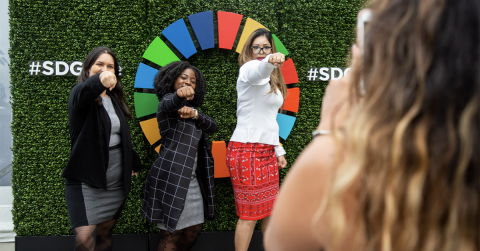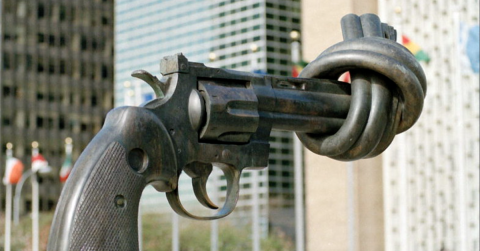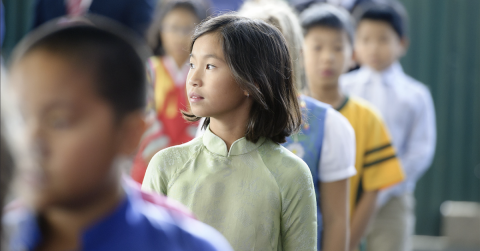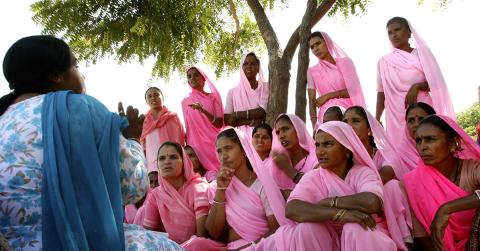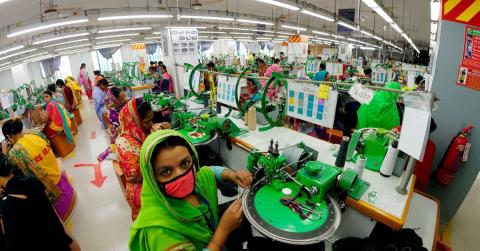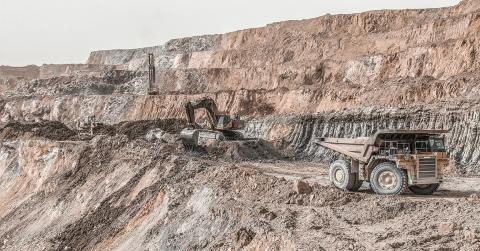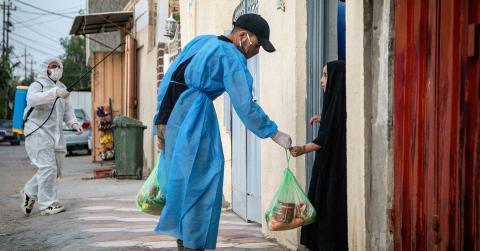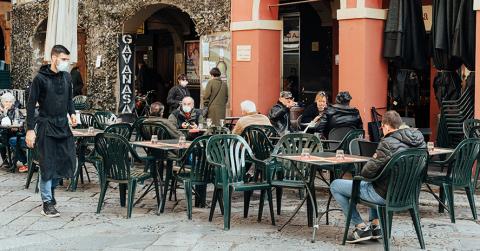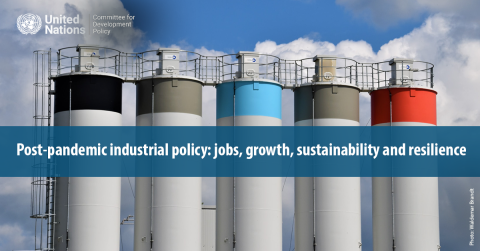Recovering from COVID-19, youth step up efforts for the global goals
Youth leaders, activists and youth-led organizations around the world will gather virtually with government ministers and officials at the United Nations Economic and Social Council (ECOSOC) this month to present bold solutions and initiatives for steering recovery from the pandemic and setting the world back on track to achieve the Sustainable Development Goals (SDGs) by 2030.
Strong institutions to help us build back better
Transforming institutions and governance is key in global efforts to achieve peace and the 17 Sustainable Development Goals (SDGs). This is why public administration experts will gather for their annual meeting on 4-8 April 2022 with this theme in focus.
New population trends: a force for good
As the population of the world approaches 8 billion, the growth rate continues to slow. Once fertility begins to fall, the changing age distribution becomes a positive force for economic growth, if labour markets successfully absorb the rapidly growing number of people in the working age ranges. During this stage of the demographic transition, population dynamics create the conditions for accelerated increase in income and consumption per capita, often referred to as the first demographic dividend.
United Nations to shape a strong recovery and scale up efforts for the global goals
Recovering from the devastating impacts of COVID-19 guided by the Sustainable Development Goals (SDGs) will be the focus at the upcoming inaugural ECOSOC Coordination Segment on 3-4 February 2022. Chairs of the subsidiary bodies of the UN Economic and Social Council (ECOSOC) and Heads of UN entities, including specialized agencies, will join the Council to assess lessons learned from the COVID response and chart the path to scale-up efforts to achieve the SDGs.
Weaving a better future for the textile industry in Asia
Asian countries graduating from the least developed countries (LDCs) category need to bolster their textile and clothing sectors, particularly in the wake of COVID-19, recommends a joint report by the World Trade Organization (WTO) and the United Nations.
Reversing the setback to global poverty – will a commodity super-cycle help?
The pandemic has caused a massive increase in global poverty, wiping so far almost a decade’s worth of progress in its eradication. The first target of the Sustainable Development Goals (SDG) – eradicating extreme poverty for all people everywhere by 2030 – is now further out of reach. Yet, SDG 1.1 could still be attained through rapid progress in poverty reduction. This is all the more imperative as high poverty levels have adverse implications for the global fight against the pandemic.
Connecting private investment to the SDGs
As the private sector recognizes the importance of sustainable development to people and planet, demand is growing for a dedicated space to connect investors with impactful business opportunities. To meet this need, the SDG Investment Fair has been reimagined as a year-round platform, bringing together top institutional investors with sustainable development projects in developing countries.
This was our year: UN DESA Annual Highlights 2020-2021
2020 and 2021 brought unprecedented challenges to people and societies all over the world. The COVID-19 pandemic unfurled a cascade of global health, social, and economic shocks, intensifying the need for transformative change.
UN DESA aimed to accelerate this change, supporting governments to shape an inclusive recovery from the crisis and to get back on track to realize the goals of the 2030 Agenda for Sustainable Development. Coming this week, UN DESA Annual Highlights 2020-2021 provides a glimpse of our efforts.
Now hiring? The twin problem of today’s labour market
The COVID‑19 global pandemic outbreak in 2020 sent an unprecedented shockwave across labour markets worldwide, shooting up unemployment to alarming heights. As the global economy gradually rebounds, millions are still trapped in joblessness while at the same time many developed economies struggle to fill job vacancies. How can both be happening at the same time?
Post-pandemic industrial policy: what will it look like?
Ever since the financial crisis over ten years ago, countries and local governments have been warming up to the idea of stimulating economies and creating jobs by generating solutions for climate change and the environmental breakdown. But these ideas had been slow to start and far from widespread. Can the recovery from the pandemic change all that?
 Welcome to the United Nations
Welcome to the United Nations
